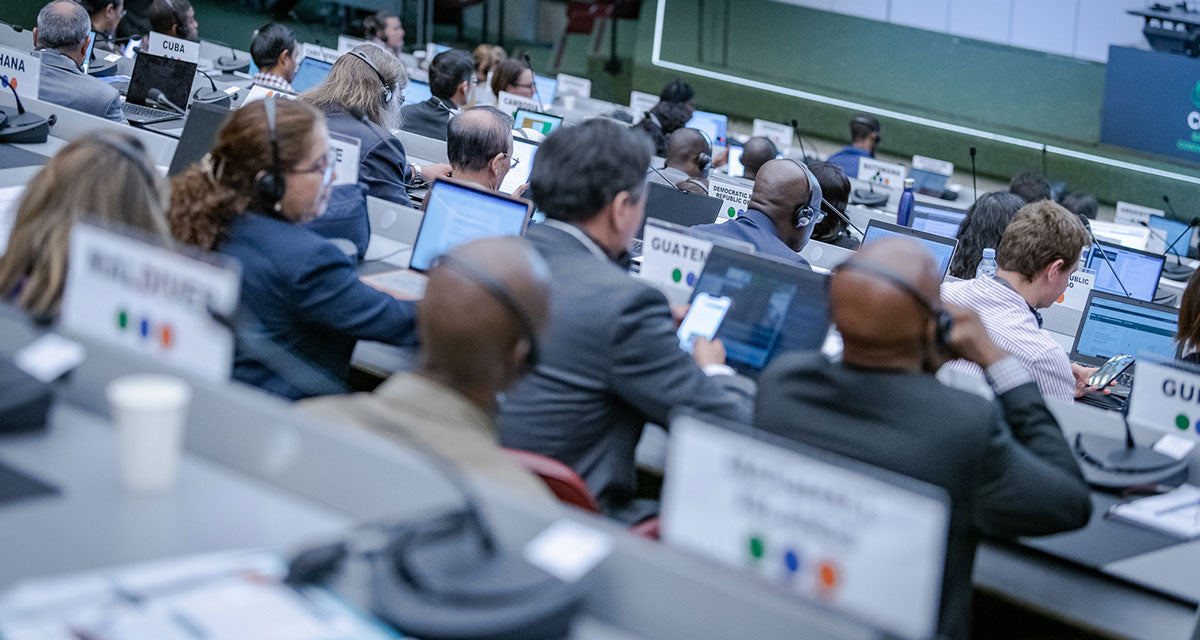Introduction
Microplastics, plastic particles smaller than 5 mm, have become a pervasive environmental pollutant, detected in aquatic, terrestrial, and atmospheric ecosystems. Originating from primary sources like microbeads in cosmetics and microfibers from textiles, as well as secondary sources such as the breakdown of larger plastic debris, these particles pose significant ecological and human health risks due to their ingestibility and potential for bioaccumulation across food webs. Addressing this challenge requires robust policy and regulatory frameworks at global, regional, and national levels. This article explores international agreements, microbead bans, waste management policies, and regional initiatives, evaluating their effectiveness through policy analyses and empirical outcomes.
International Agreements: Basel Convention and Beyond
The Basel Convention, enacted in 1989 to regulate hazardous waste movements, expanded its scope in 2019 to include plastic waste. This amendment mandates prior informed consent for exporting certain plastic wastes, aiming to prevent improper disposal and promote sustainable management. While focused on macroplastics, it indirectly reduces microplastic pollution by limiting the mismanagement of plastics that degrade into smaller fragments. Discussions within the convention’s Open-ended Working Group have identified microplastics as an emerging concern, though specific regulations remain underdeveloped.
The United Nations Environment Assembly (UNEA) has also tackled microplastics, with its 2017 UNEA-3 resolution (UNEA Resolution on Marine Litter and Microplastics) urging nations to curb marine litter and microplastics from land-based sources. This resolution fosters national action plans and international collaboration on research and monitoring.
Regionally, the Barcelona Convention for the Mediterranean Sea includes a Regional Plan on Marine Litter Management targeting microplastic reduction, while the Helsinki Commission (HELCOM) addresses microplastic emissions in the Baltic Sea through its Baltic Sea Action Plan, focusing on wastewater and industrial sources.
Bans on Microbeads: National and Regional Actions
Numerous countries have banned microbeads in rinse-off cosmetics due to their role in microplastic pollution. The United States led with the Microbead-Free Waters Act of 2015, followed by Canada (2018), the United Kingdom (2018), France, New Zealand, South Korea, Taiwan, and Australia (Countries Banning Microbeads). The European Union, via the European Chemicals Agency (ECHA), proposed a broader ban on intentionally added microplastics in 2021, still under consideration as of 2025 (ECHA Restriction on Intentionally Added Microplastics).
These bans have proven effective. In the UK, post-2018, microbead-containing products dropped from 16% to under 1%, with 99% compliance (Impact of Microbead Bans). In the US, wastewater treatment plant effluents showed a 70% reduction in microbead concentrations post-ban. However, microbeads are a minor contributor compared to tire wear, synthetic fibers, and paint, limiting the bans' overall impact on microplastic loads.
Waste Management Policies: Reducing Plastic Waste and Microplastics
Waste management policies target plastic pollution broadly, indirectly mitigating microplastic generation through enhanced collection, recycling, and treatment systems.
Plastic Bag Bans and Fees
Jurisdictions like California have reduced plastic bag litter by 72% through bans (Effectiveness of Plastic Bag Bans), decreasing potential microplastic sources as bags fragment over time.
Extended Producer Responsibility (EPR)
EPR schemes in Germany and Japan hold producers accountable for waste management, boosting recycling rates by 30% for packaging waste (OECD EPR Overview), thus reducing microplastic pollution from mismanaged waste.
Wastewater Treatment Enhancements
Advanced wastewater treatment, such as membrane bioreactors in the Netherlands, cuts microplastic emissions by 95%, reducing riverine loads by 40% (Microplastics Reduction After Policy Implementation). Challenges include high costs and inconsistent enforcement, particularly in developing nations.
Regional Efforts: EU and Beyond
The European Union’s Single-Use Plastics Directive (2019) bans items like straws and cutlery, indirectly reducing microplastic pollution (EU Single-Use Plastics Directive). The ECHA’s proposed ban on intentionally added microplastics aims to prevent 500,000 tonnes of emissions over 20 years. In Asia, Japan targets 60% plastic recycling by 2030, while South Korea employs deposit-refund systems. In Africa, Kenya’s 2017 plastic bag ban cut litter by 80% (UNEP Kenya Plastic Ban), though enforcement varies.
Policy Analyses and Real-World Outcomes
The UK’s microbead ban achieved a 70% reduction in coastal water microbeads, while California’s plastic bag ban cut beach microplastics by 30% (Microplastics Reduction After Policy Implementation). Germany’s EPR schemes save €1.2 billion annually in waste costs (OECD EPR Overview). Enforcement gaps, especially in developing regions, and the Basel Convention’s compliance challenges (Basel Convention Compliance) highlight ongoing issues.
Summary Table: Key Policy Measures and Outcomes
| Policy Measure | Region/Country | Outcome Example |
|---|---|---|
| Microbead Ban | UK | 99% compliance, 70% reduction in coastal waters |
| Plastic Bag Ban | California, USA | 72% reduction in plastic bag litter, 30% reduction in beach microplastics |
| EPR Schemes | Germany | 30% increase in packaging recycling rates |
| Wastewater Treatment Upgrades | Netherlands | 95% reduction in microplastic emissions from WWTPs |
Conclusion
Global and regional frameworks for microplastic management, including international agreements, bans, and waste policies, show measurable success but require broader scope and stronger enforcement. Integrated strategies and enhanced cooperation are critical to address all microplastic sources effectively.
References
- Basel Convention Plastic Waste Amendments
- UNEA Resolution on Marine Litter and Microplastics
- Countries Banning Microbeads
- Impact of Microbead Bans
- EU Single-Use Plastics Directive
- ECHA Restriction on Intentionally Added Microplastics
- Effectiveness of Plastic Bag Bans
- Microplastics Reduction After Policy Implementation
- OECD EPR Overview
- UNEP Kenya Plastic Ban
- Basel Convention Compliance



Leave a comment
This site is protected by hCaptcha and the hCaptcha Privacy Policy and Terms of Service apply.